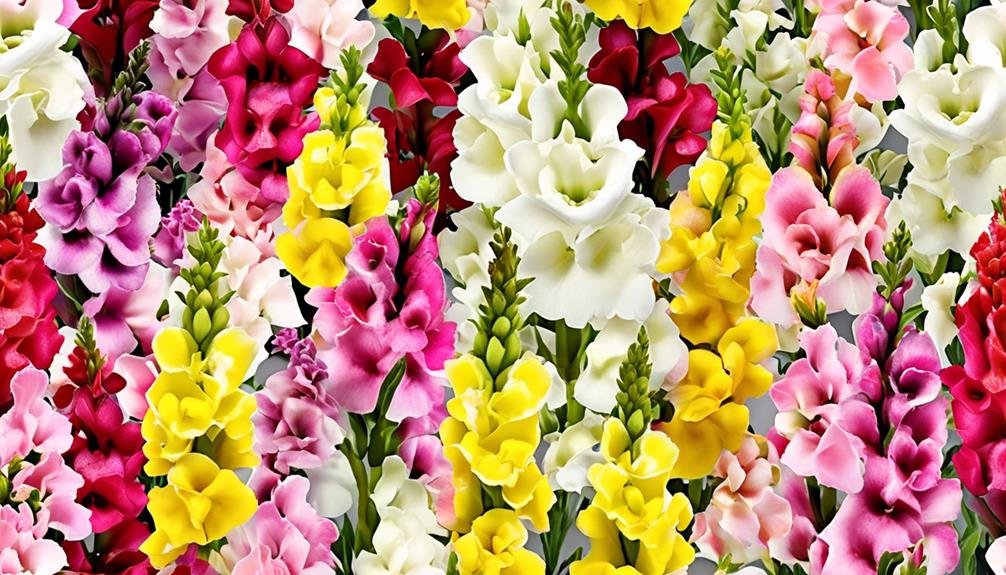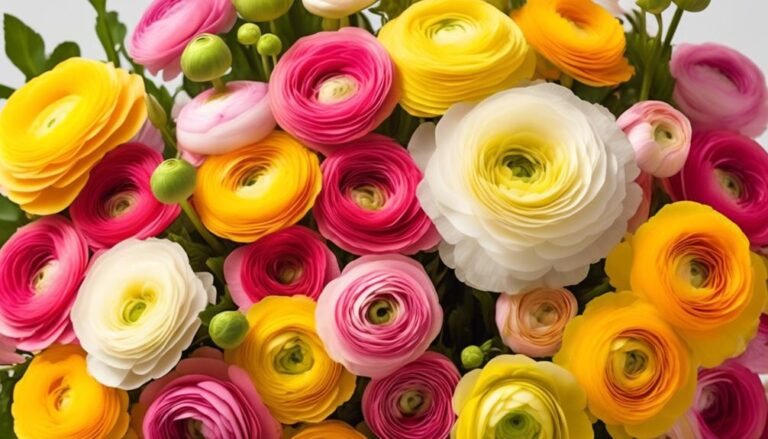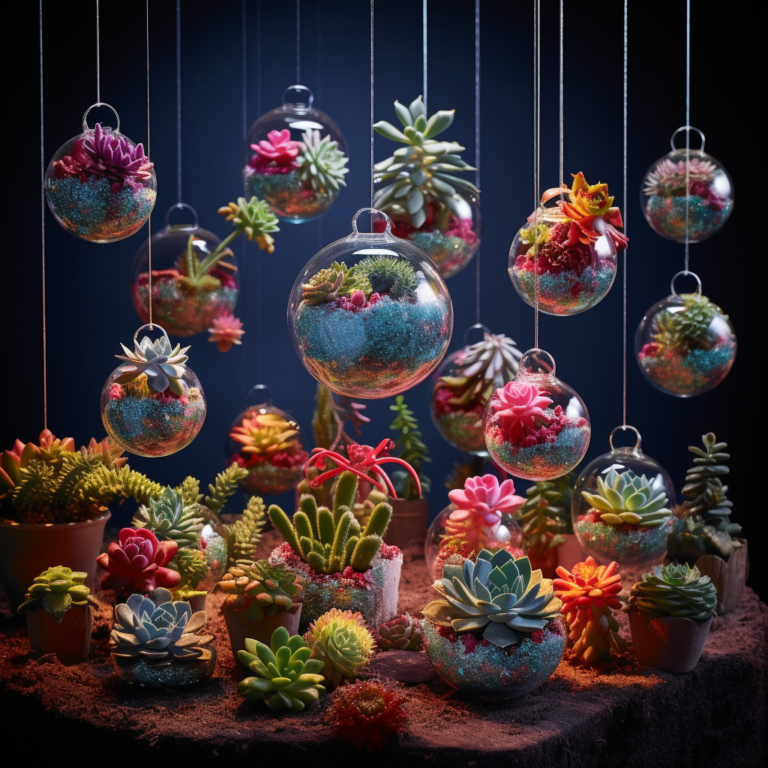Popular Types of Florist Flowers – Snapdragon
Snapdragon flowers, also known as Antirrhinum, are a popular choice in floristry. With over 40 species and numerous cultivars, snapdragons are known for their resemblance to a dragon's snout, which is where the name 'Antirrhinum' comes from (Greek words 'anti' meaning like, and 'rhin' meaning nose).
These captivating blooms have a rich history and diverse color palette, making them a fascinating subject for both experienced gardeners and enthusiasts. From their intriguing symbolism to their unique characteristics and care requirements, snapdragons offer a lot to explore.
Scientific Name
The Snapdragon flower, scientifically known as Antirrhinum majus, got its name from the Greek words 'anti,' meaning like, and 'rhis,' meaning nose, due to its resemblance to a snout. It originated in the Mediterranean region and parts of North America and has been cultivated for centuries. Its first recorded mention dates back to the 1500s.
Symbolism and folklore surrounding the Snapdragon are intriguing. In ancient times, it was associated with both positive and negative connotations. Some cultures saw it as a symbol of grace and strength, while others linked it to deceit and presumption. In Victorian England, it was believed to protect against witchcraft and was often planted in cottage gardens. The playful act of squeezing the sides of the flower, causing it to open and close like a dragon's mouth, was thought to release its mystical powers.
The Snapdragon's rich history and diverse symbolism make it a captivating subject for botanical enthusiasts and those intrigued by the intersection of nature and culture.
Background History
The Snapdragon, also known as Antirrhinum, has a rich history and cultural significance. It's associated with protection, grace, strength, and deception in folklore and cultural symbolism.
This versatile flower is known for its unique ability to pinch open its flower and produce brightly colored blooms annually. The Snapdragon is adaptable in different garden settings, making it a popular choice for many gardeners.
Its historical and botanical attributes combine to make it a captivating and multifaceted flower with a fascinating background history.
Physical Description

Snapdragons are versatile flowers with distinctive fuzzy, tube-shaped blooms that come in a range of colors and sizes, from dwarf to tall forms, with blossoms as small as 1.34 cm. The plant can reach up to 143 cm in height and can be dried using silica gel or glycerine for long-lasting floral arrangements.
Snapdragons exhibit different shapes and flower types, such as the single-flower type with a hinged jaw and the double flower, also known as butterfly or azalea snapdragon. Some varieties are edible but have a bitter taste. They can be grown as annuals or perennials, making them suitable for various floral designs and landscaping needs.
In floral arrangements, snapdragons are used to add height and texture due to their tall, spiky blooms. They complement other flowers well and are particularly popular in mixed bouquets and vase arrangements. Symbolically, snapdragons are associated with grace and strength, often used to convey sentiments of admiration, positive energy, and protection. In the language of flowers, snapdragons can symbolize graciousness, deviousness, and strength.
Whether used for their decorative appeal or their symbolic meanings, snapdragons make a captivating addition to any floral arrangement, adding both visual interest and emotional depth.
Colours and Characteristics
Snapdragons, also known as Anthirrinum, are versatile flowers that come in vibrant hues such as red, pink, orange, and white. They offer a range of growth habits, including dwarf, intermediate, and tall forms, making them suitable for various floral designs and decor styles.
With a vase life of up to two weeks, snapdragons are perfect for special occasions and events, adding elegance and vibrant colors to floral arrangements.
Soil health is crucial for successful flower farming, requiring proper soil tests and high-quality compost to ensure healthy growth. Understanding the diverse characteristics of snapdragons allows florists to effectively incorporate them into their designs, enhancing the visual appeal and longevity of their creations.
Whether used as focal points or complementary elements, snapdragons are an invaluable addition to any floral arrangement.
Varieties Available

Snapdragons come in a variety of types, each offering unique colors, heights, and flower shapes to suit different garden and floral arrangements.
The 'Chantilly' variety is the tallest type, featuring fluffy blooms in a range of colors, making it perfect for creating dramatic floral arrangements.
On the other hand, the 'Appleblossom' variety has pink and white flowers, resembling the blossoms of an apple tree, ideal for whimsical and romantic floral designs.
The 'Cinderella' variety offers gown-shaped petals and comes in semi-dwarf and giant varieties, providing versatility for creating enchanting floral arrangements.
These diverse snapdragon varieties make them a versatile choice for a wide array of special occasions.
Seasonal Availability
Snapdragons are most abundant during the mild weather of spring and fall. They thrive in cooler temperatures and reach peak availability in the spring and summer months. Cultivation practices and natural blooming patterns influence their seasonal availability.
Cultivation Practices: Snapdragons can be grown as annuals or perennials, and their availability as cut flowers is generally tied to their natural blooming seasons. Cultivating snapdragons in controlled environments can extend their availability beyond their typical seasons.
Natural Blooming Patterns: Snapdragons tend to bloom from early spring to late fall, with peak availability in the spring and summer months. In warmer climates, they may be available year-round, while in colder regions, they may be more challenging to find in the winter months.
Regional Variations: Regional climate differences impact the availability of snapdragons. In areas with mild winters, snapdragons may be available year-round, whereas in colder regions, they may be less accessible during the winter months.
Floral Arrangements: Snapdragons are commonly featured in seasonal floral arrangements during spring and summer due to their vibrant colors and unique shape. They're a popular choice for adding texture and visual interest to bouquets and centerpieces.
Market Availability: Understanding the seasonal availability of snapdragons is essential for florists to plan their inventory and offer a diverse selection of flowers to their customers. By aligning with the natural blooming patterns, florists can ensure a consistent supply of fresh snapdragons for their floral arrangements.
Care Tips

If you want to grow healthy and vibrant snapdragons in your garden, here are some essential care tips to follow:
Planting Techniques:
- Choose a sunny or partially shaded spot with well-drained soil.
- Water regularly, especially during dry spells.
- Feed with potash-rich fertilizer once flowering begins.
- Deadhead regularly to encourage more flowers.
Pests and Diseases:
- Keep an eye out for aphids, spider mites, and rust diseases.
- Prevent rust diseases by ensuring good air circulation around plants.
- Use insecticidal soap to control aphids and spider mites if necessary.
- Remove any infected plant material to prevent the spread of diseases.
Following these tips will help ensure optimal growth and blooming of your snapdragons while keeping them healthy and free from common pests and diseases.
What Are the Best Ways to Care for Hellebores in a Floral Arrangement?
When creating a floral arrangement with popular hellebore florist flowers, it’s essential to keep them hydrated and in a cool environment. Trim the stems at an angle and remove any leaves that will be submerged in water. Change the water every few days to extend the life of the arrangement.
Conclusion
Snapdragons, also known as Antirrhinum, are popular florist flowers that originate from the Mediterranean but are now commonly found in the UK. These flowers are known for their spikes of brightly colored blooms and symbolize strength, grace, and protection against deception and witchcraft.
They're available in various colors, each with its own unique meaning. Snapdragons can be grown as annuals or perennials, making them a versatile and meaningful addition to any garden or floral arrangement.






